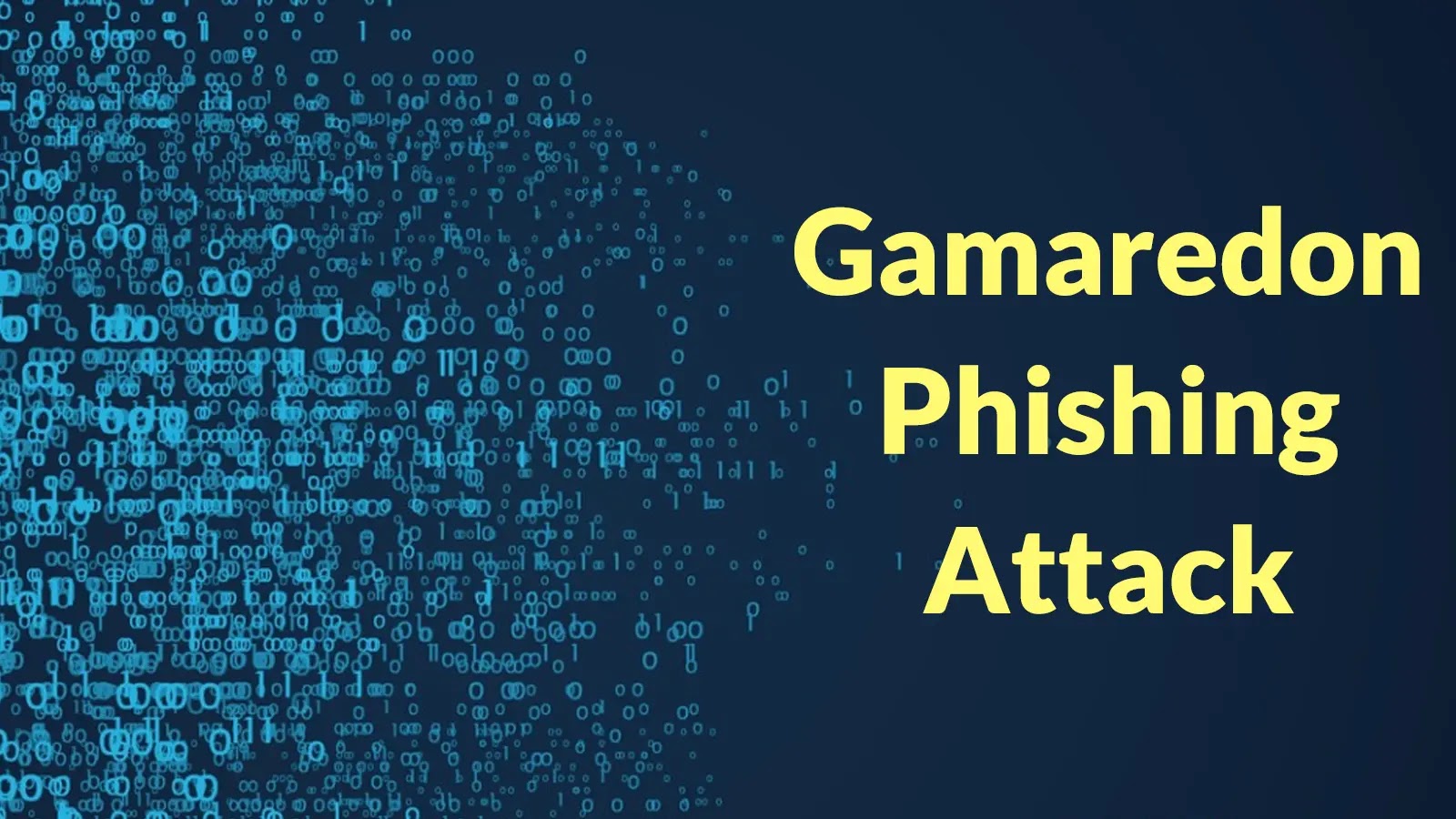Gamaredon Exploits WinRAR Vulnerability in Targeted Phishing Attacks on Government Entities
Article Text:
In a recent surge of cyber threats, the notorious Gamaredon group has intensified its phishing campaigns against government entities, leveraging a critical vulnerability in WinRAR to deploy malicious payloads. This sophisticated attack underscores the evolving tactics of cyber adversaries and the pressing need for robust cybersecurity measures.
Exploitation of WinRAR Vulnerability
Gamaredon, a cyber espionage group with a history of targeting governmental organizations, has been observed exploiting CVE-2025-8088—a path traversal vulnerability in WinRAR. This flaw allows attackers to craft malicious RAR archives that, when opened, can extract files to arbitrary locations on the victim’s system without their knowledge. By exploiting this vulnerability, Gamaredon delivers HTA (HTML Application) malware directly into the Windows Startup folder, ensuring the malware executes upon the next system reboot.
Attack Methodology
The attack begins with phishing emails containing the malicious RAR archives. Once the recipient opens the archive using a vulnerable version of WinRAR, the embedded HTA file is silently extracted to the Startup directory. This method requires minimal user interaction, making it particularly effective. Upon system restart, the HTA file executes, initiating the malware’s payload, which can include data exfiltration, system reconnaissance, and establishing persistent access for the attackers.
Implications for Government Entities
Government organizations are prime targets for such attacks due to the sensitive information they handle. The exploitation of widely used software like WinRAR highlights the importance of timely software updates and vulnerability management. Failure to address such vulnerabilities can lead to significant data breaches, operational disruptions, and compromise of national security.
Recommendations for Mitigation
To defend against such sophisticated attacks, organizations should implement the following measures:
1. Software Updates: Regularly update all software applications, including utilities like WinRAR, to their latest versions to patch known vulnerabilities.
2. Email Security: Deploy advanced email filtering solutions to detect and block phishing attempts. Educate employees on recognizing suspicious emails and the dangers of opening unknown attachments.
3. Access Controls: Limit user permissions to prevent unauthorized installation and execution of software. Implement the principle of least privilege to minimize potential attack vectors.
4. Endpoint Protection: Utilize comprehensive endpoint detection and response (EDR) solutions to monitor and respond to malicious activities promptly.
5. User Training: Conduct regular cybersecurity awareness training for staff to recognize and report potential threats.
Conclusion
The Gamaredon group’s exploitation of the WinRAR vulnerability serves as a stark reminder of the ever-evolving cyber threat landscape. Government entities must remain vigilant, ensuring that software vulnerabilities are promptly addressed and that robust security protocols are in place to thwart such sophisticated attacks.



